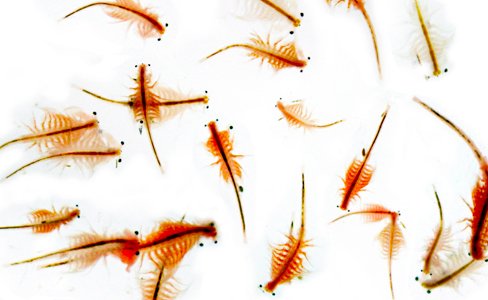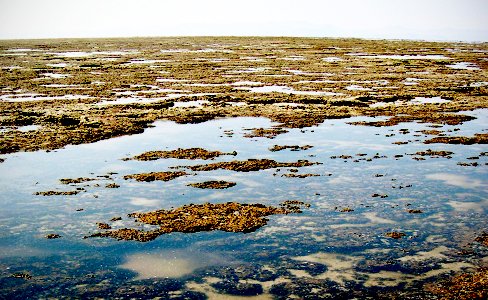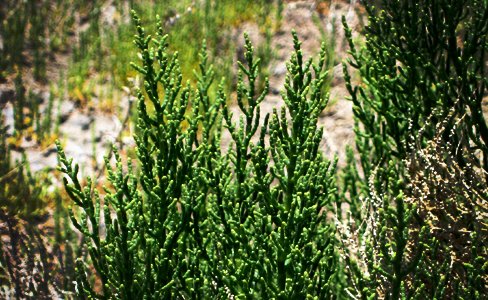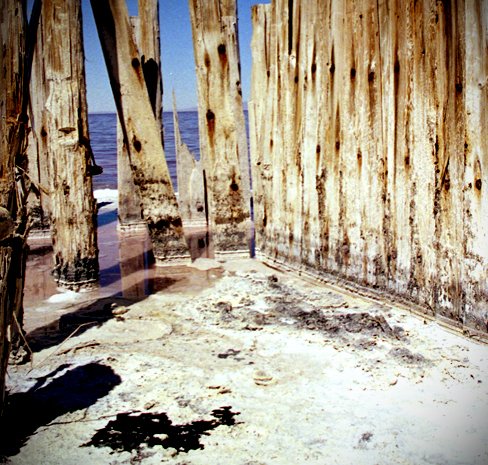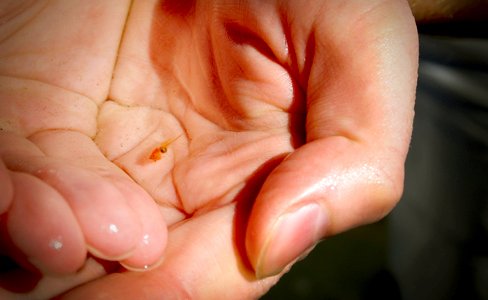Microbes are tiny living things—so tiny that you need a microscope to see them. Yet unseen microbes have a collective mass greater than all the animals on the planet. They're everywhere! You can find microbes (also called microorganisms) in soil, lakes, oceans, and air. You'll find them on your own body, both inside and out. And even though we can't see them, microbes have a huge impact on us and our environment. In fact, we couldn't live without them.
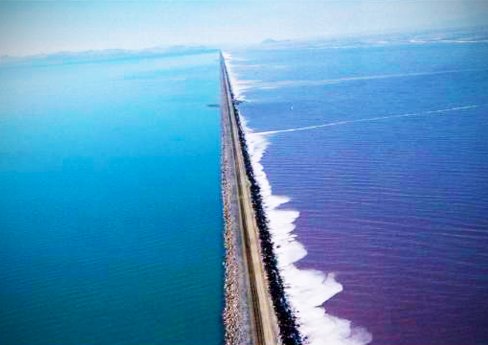
The north and south arms of the lake are different colors because of the different microbes that live there.Image courtesy UDWR Great Salt Lake Ecosystem Program.


